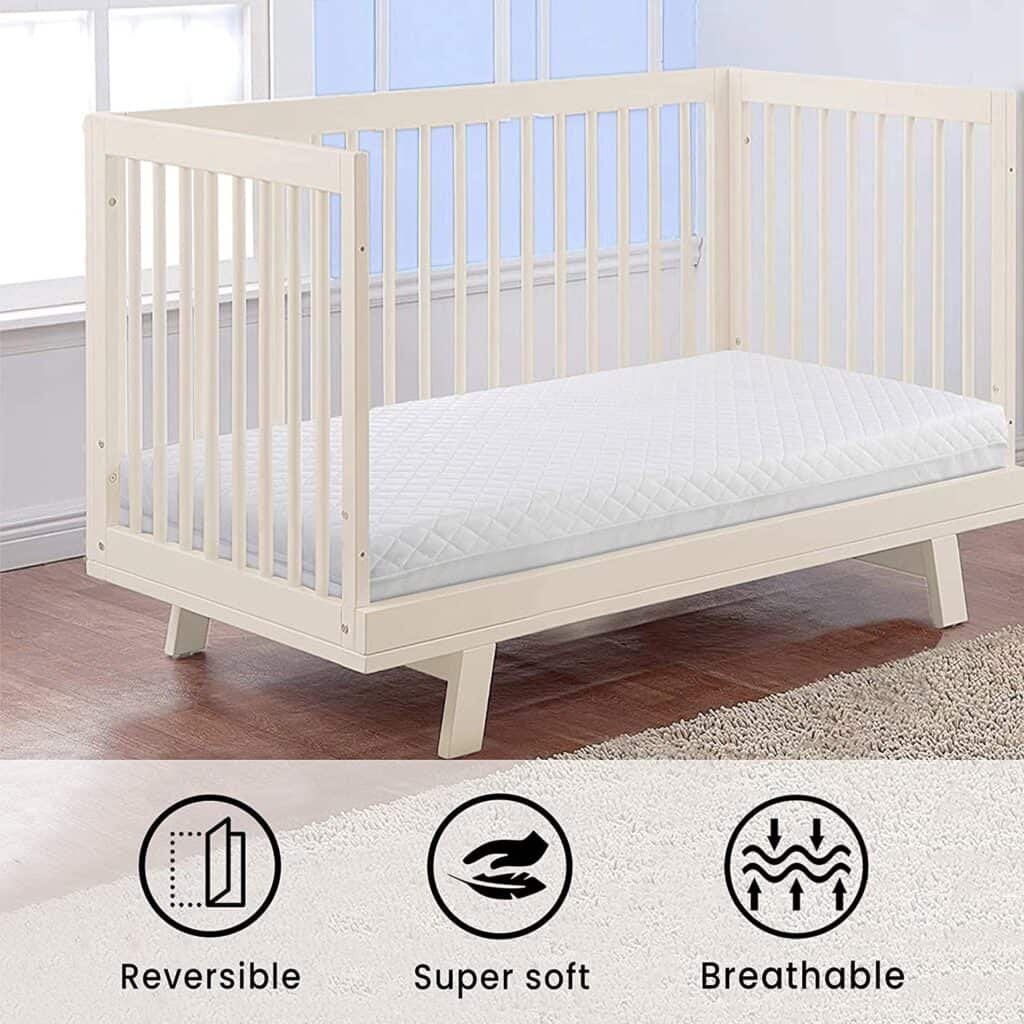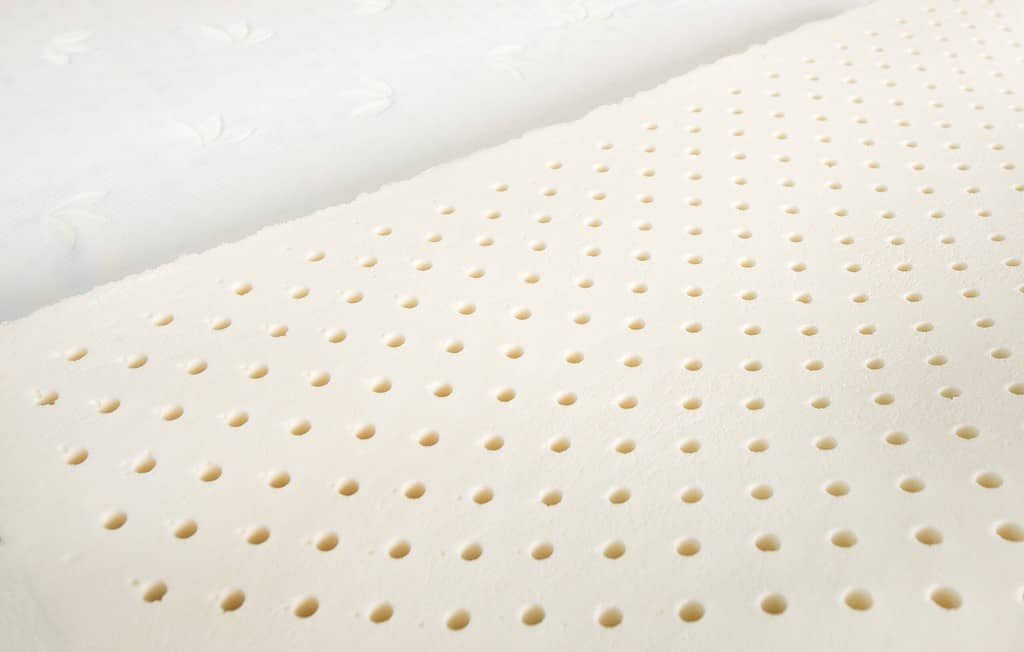Which Pillow Material is The Best?
One of the most critical factors in choosing a pillow is the type of material it is made from. Each material has unique benefits and drawbacks, so choosing one that will suit your needs is essential. Some of the most popular materials in pillows include down feathers, memory foam, and latex. Down is a popular choice for pillows because it is soft and luxurious. However, down feathers can irritate some people and cause allergic reactions. Memory foam pillows are known for their ability to contour to the shape of your head, providing support and preventing pain. However, memory foam can retain heat and can be challenging to clean. Latex pillows are a good choice for people who want a firm pillow to maintain its shape over time. However, latex can be expensive and less comfortable than other materials. When choosing a pillow, it’s essential to consider your needs and preferences to select the best material.
Pros and Cons of Each Type of Pillow Type
Here are the pros and cons of the most popular pillow fillings:
- Latex Pros: Good support, maintains shape well, can be firm or soft. Cons: It can be expensive and not as comfortable as other materials.
- Memory foam-Pros: Contours to head, good support. Cons: Can retain heat, difficult to clean.
- Down-Pros: Soft, luxurious. Cons: It may cause allergies, and feathers can be irritating.
- Feathers-Pros: Soft, affordable. Cons: It may cause allergies, and feathers can be irritating.
The best pillow material for you depends on your individual needs and preferences. Latex or memory foam may be the best option for a firm pillow with good support. Down may be the best choice for a soft and luxurious pillow. However, latex or memory foam may be better options if you are allergic to feathers or down. Ultimately, the best way to choose a pillow is to try a few different materials and see which is the most comfortable for you.
Which Type of Pillow is Best for Side Sleepers
Side sleepers need a soft, supportive pillow to prevent pain and align the spine. Feathers may be less comfortable for side sleepers because they can be irritating. Ultimately, the best way to choose a pillow is to try a few different materials and see which is the most comfortable for you. Down, latex, and memory foam are good side sleeper choices.
What Type of Pillow is Best for Stomach Sleepers
Stomach sleepers need a thin, flat pillow to prevent pain and align the spine. Memory foam and latex are good choices for stomach sleepers because they contour to the head and provide good support. Down and feathers may be uncomfortable for stomach sleepers because they can be too soft.
What Type of Pillow is Best for Back Sleepers
Back sleepers need a pillow to support their neck and head in alignment with their spine. The best pillow for back sleepers is soft enough to provide comfort and firm enough to offer support. A too-soft pillow will not offer adequate support and can cause the head to fall forward, leading to neck and back pain. A pillow that is too hard will not be comfortable and can cause the head to tilt upward, leading to neck and back pain. The best option for back sleepers is a pillow made of memory foam, which conforms to the shape of the head and neck while still providing support.
How Often Should You Replace Your Pillow
It’s generally recommended to replace your pillow every 1-2 years. However, this varies depending on the type of pillow. For example, feathers and down pillows last longer than foam or synthetic pillows. In addition, if you take good care of your pillow (by regularly cleaning it and using a pillow protector), it will also last longer. So, how can you tell when to replace your pillow? If it feels lumpy or flat, if the fabric is tearing or breaking down, or if you wake up with a neck ache or headache, it’s probably time for a new one.
It would be best to remember that the pillow you use greatly affects your sleep quality. If you often wake up with a neck ache or headache, it may be time to replace your pillow. A good pillow will provide support and comfort, helping you sleep better and wake up refreshed.
How to Clean Your Pillow
Cleaning your pillow is necessary to keep it fresh and prolong its lifespan. The best way to clean your pillow depends on your pillow type. For example, down and feather pillows can be washed in the washing machine, while memory foam and latex pillows should be spot-cleaned with a mild detergent. If you’re not sure how to clean your pillow, be sure to check the care label. Regular cleaning will help to keep your pillow fresh and free of dust, mites, mould, and other allergens.
Another benefit of cleaning your pillow is that it can help to prevent stains. Pillows, like any other fabric, can become stained over time. But, by regularly washing your pillow, you can help to keep it looking clean and new. Cleaning your pillow is a simple way to prolong its lifespan and keep it looking and feeling fresh. Whether you’re cleaning a down pillow or a memory foam pillow, be sure to follow the care instructions to ensure that you don’t damage your pillow.
5 Tips When Purchasing Your Next Pillow
- Consider your sleep position – Your position will dictate the type of pillow you need. For example, stomach sleepers need a thin, flat pillow, while back sleepers need a soft yet supportive pillow.
- Consider the filling – Pillows are filled with various materials, including down, feathers, latex, memory foam, and synthetic materials. Down and feather pillows are typically the most affordable, but they can be less supportive and more likely to flatten over time. Latex, memory foam, and synthetic pillows are more expensive but offer better support and last longer.
- Choose a pillow that suits your budget – The filling type often determines the pillow’s cost. Down and feather pillows are typically the most affordable, while latex, memory foam, and synthetic pillows are more expensive. However, choosing a pillow that suits your budget and meets your needs is essential.
- Think about the pillow size- The pillow you need will depend on your sleep position and bed size. Size is something to consider if you share your bed with a partner. You don’t want to hog the entire bed with your pillow!
- Consider the care instructions – Pillows must be cleaned regularly to keep them fresh and prolong their lifespan. Be sure to choose a pillow that is easy to care for and suits your cleaning needs.
When choosing the best pillow, there is no one-size-fits-all solution. The type of pillow you need will depend on your sleep position, the kind of filling, your budget, and the size of your bed. However, by following these tips, you can find the perfect pillow.



